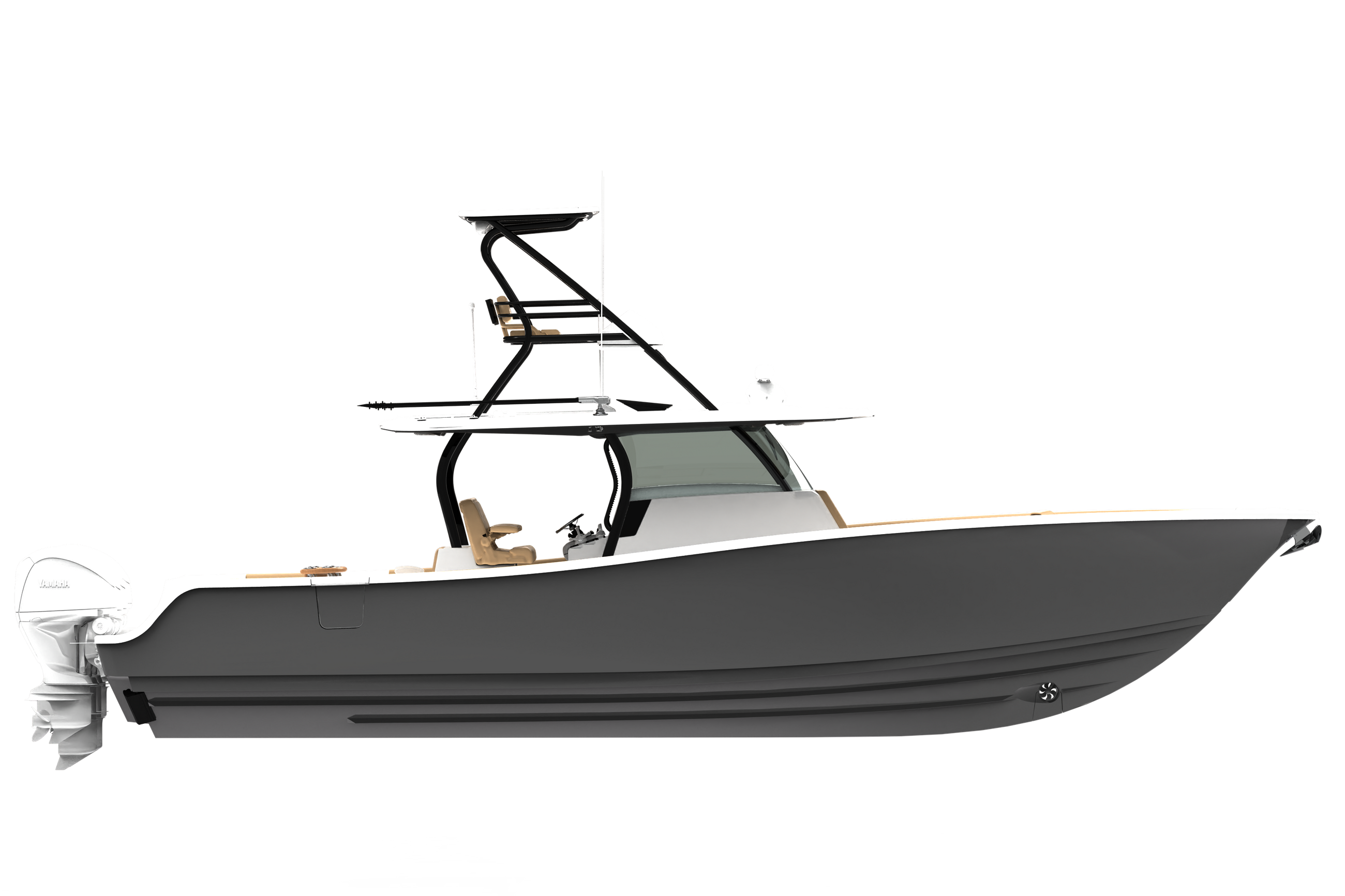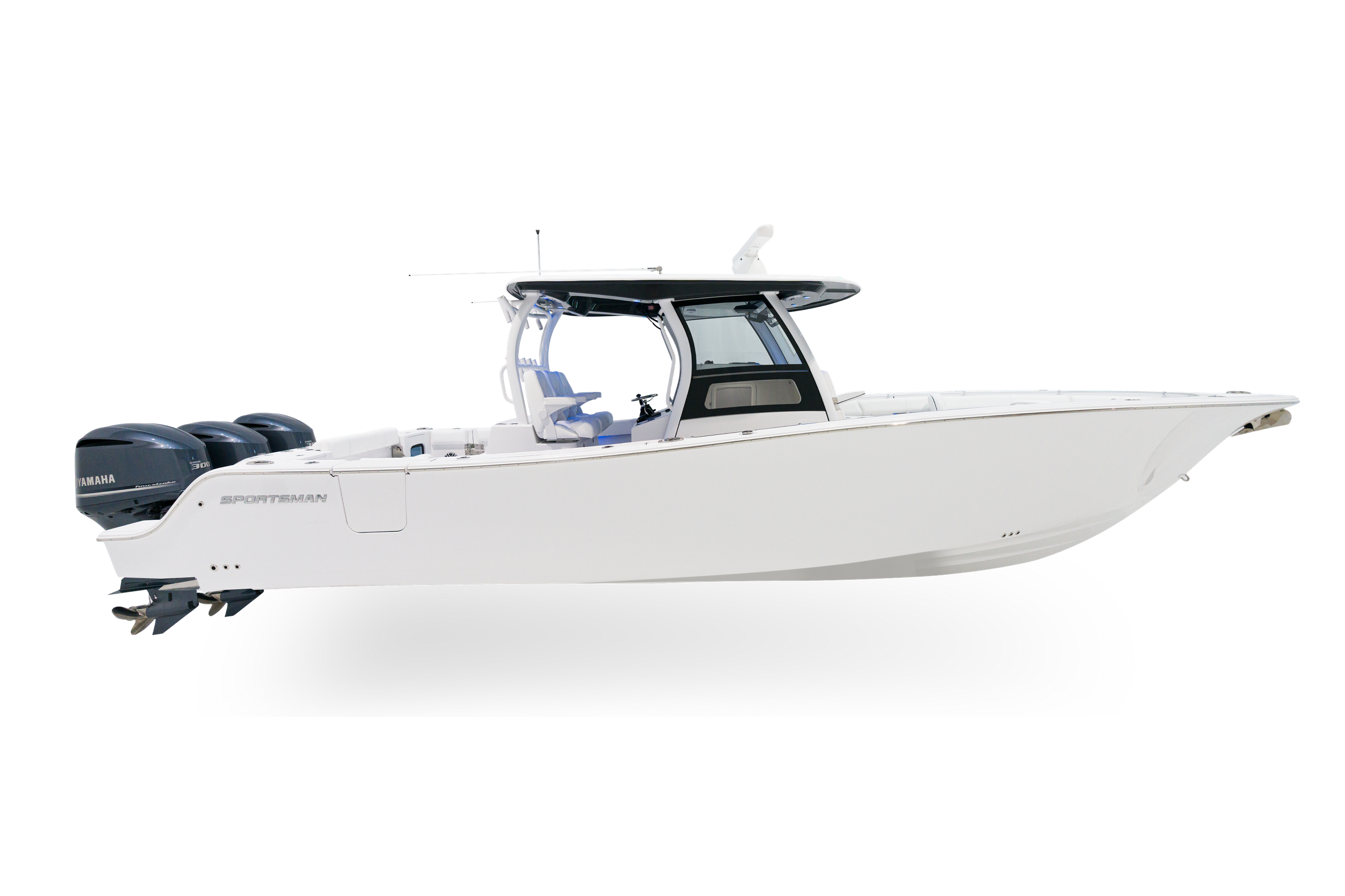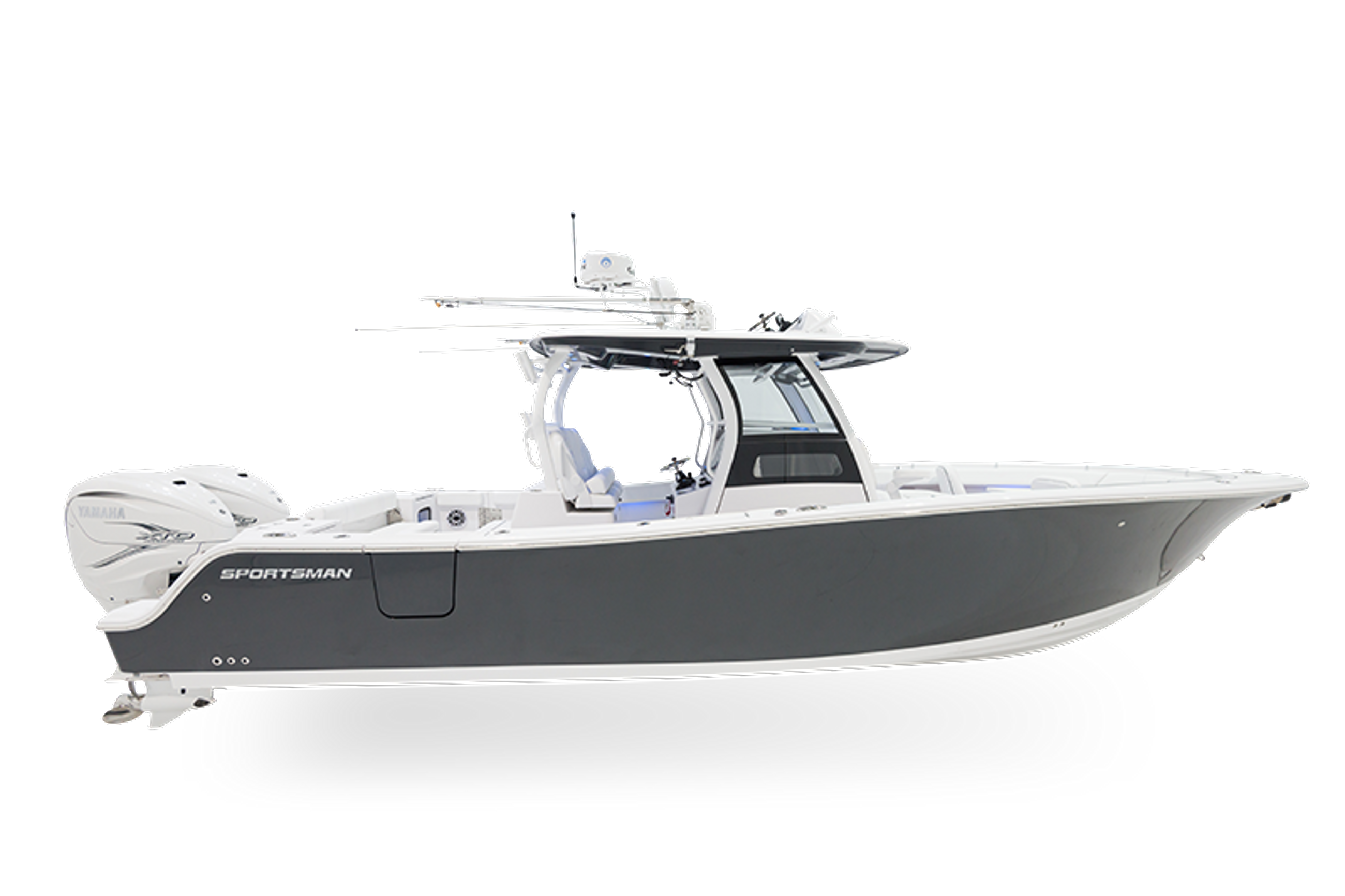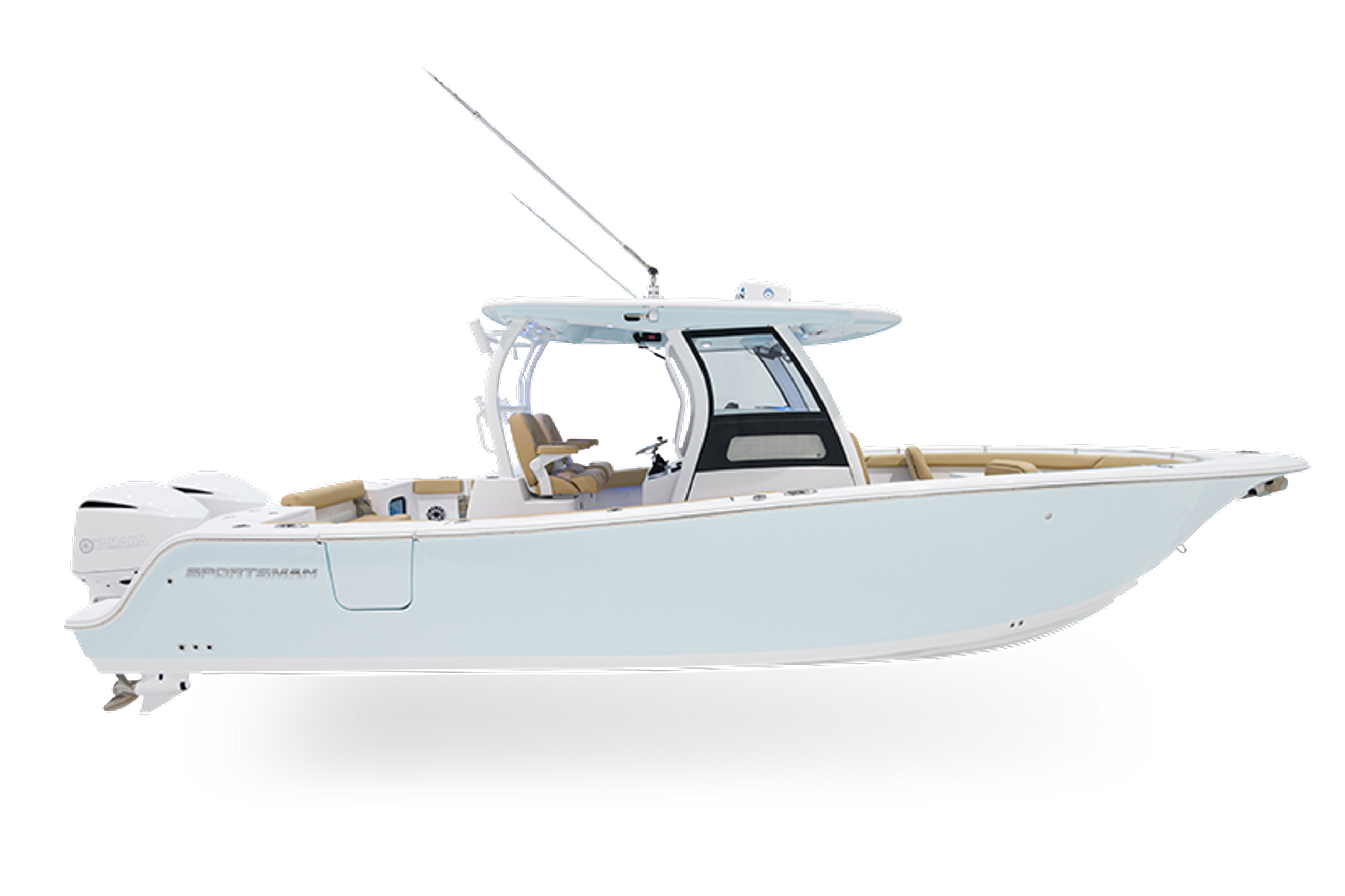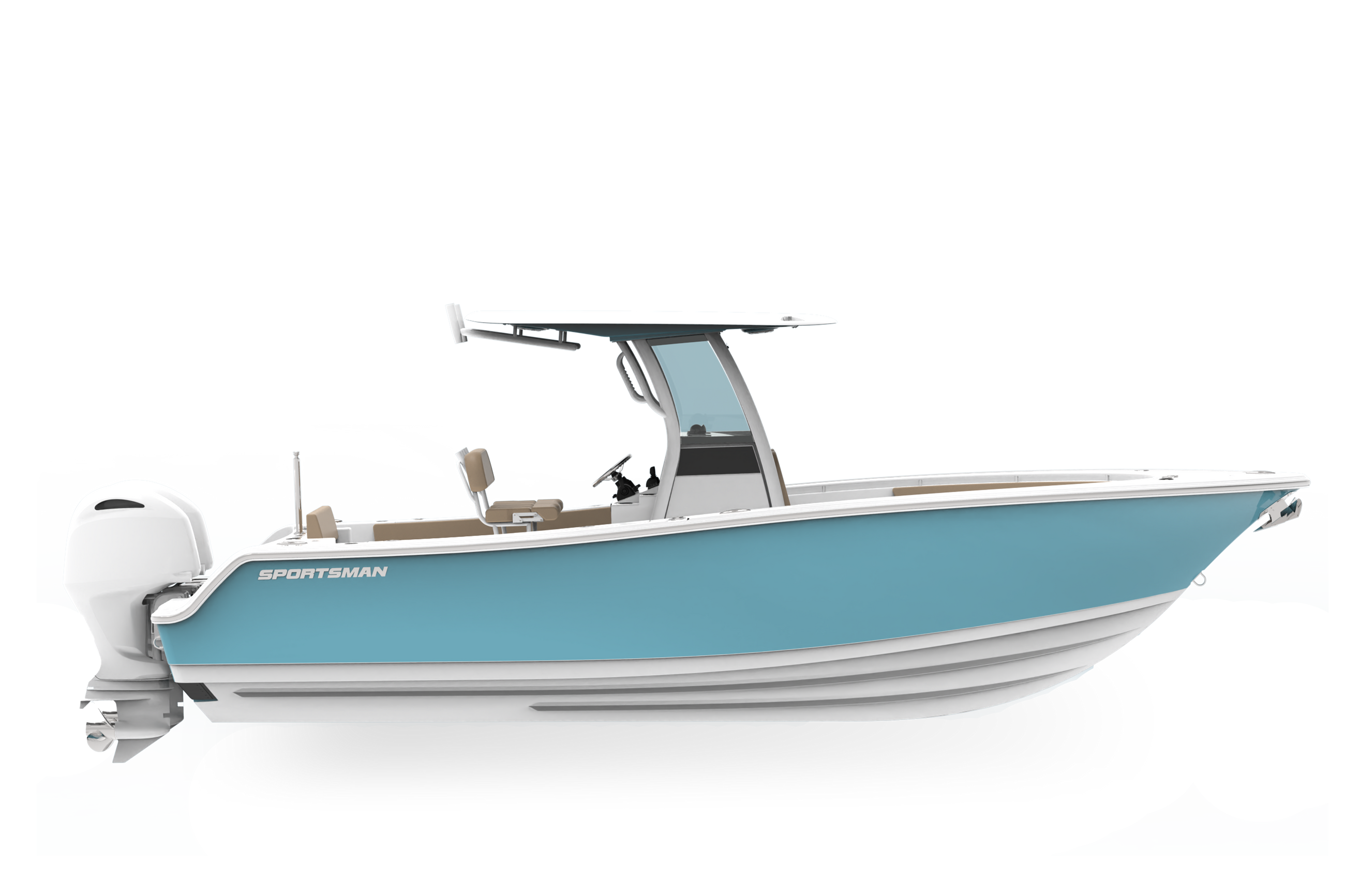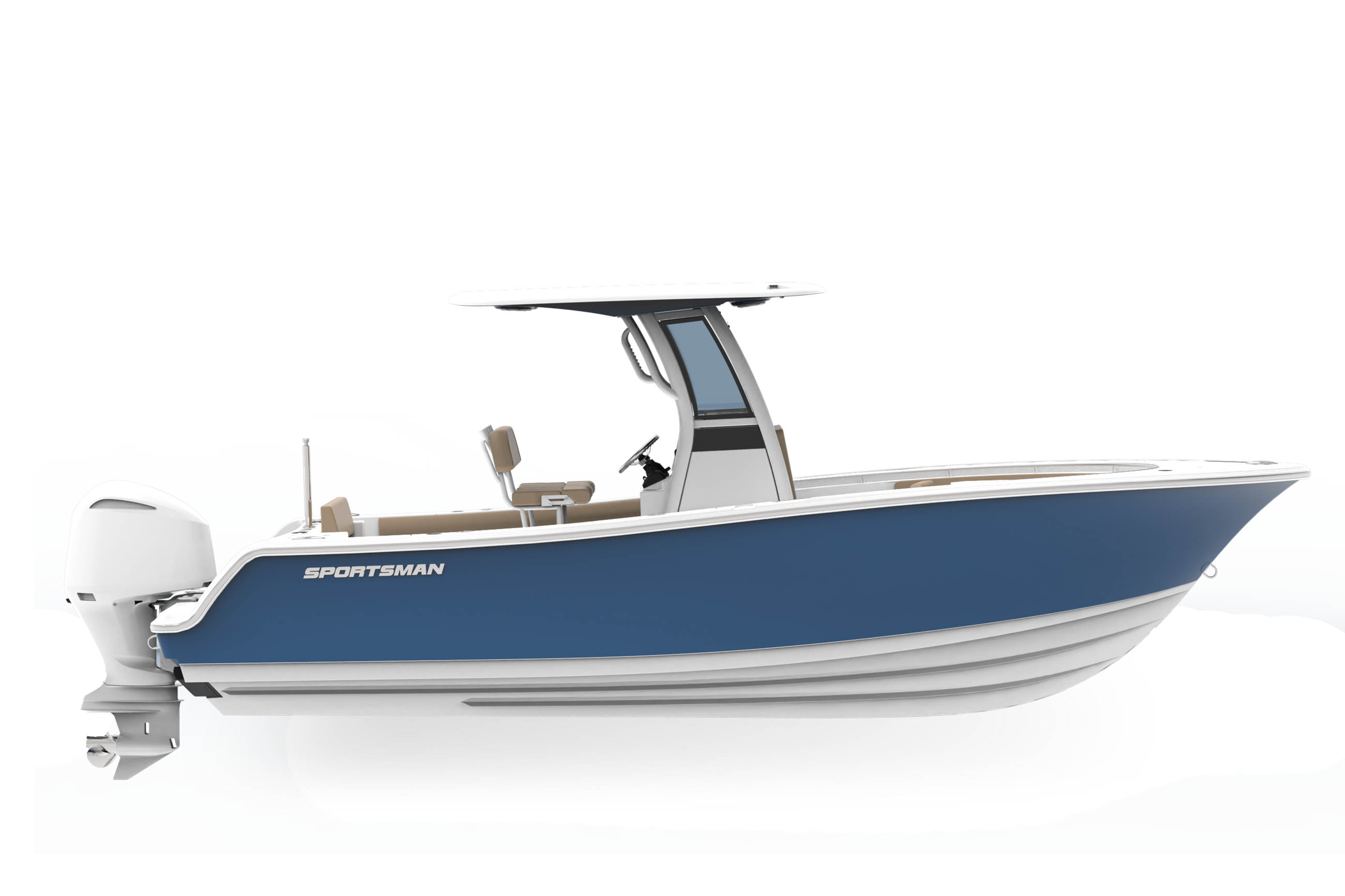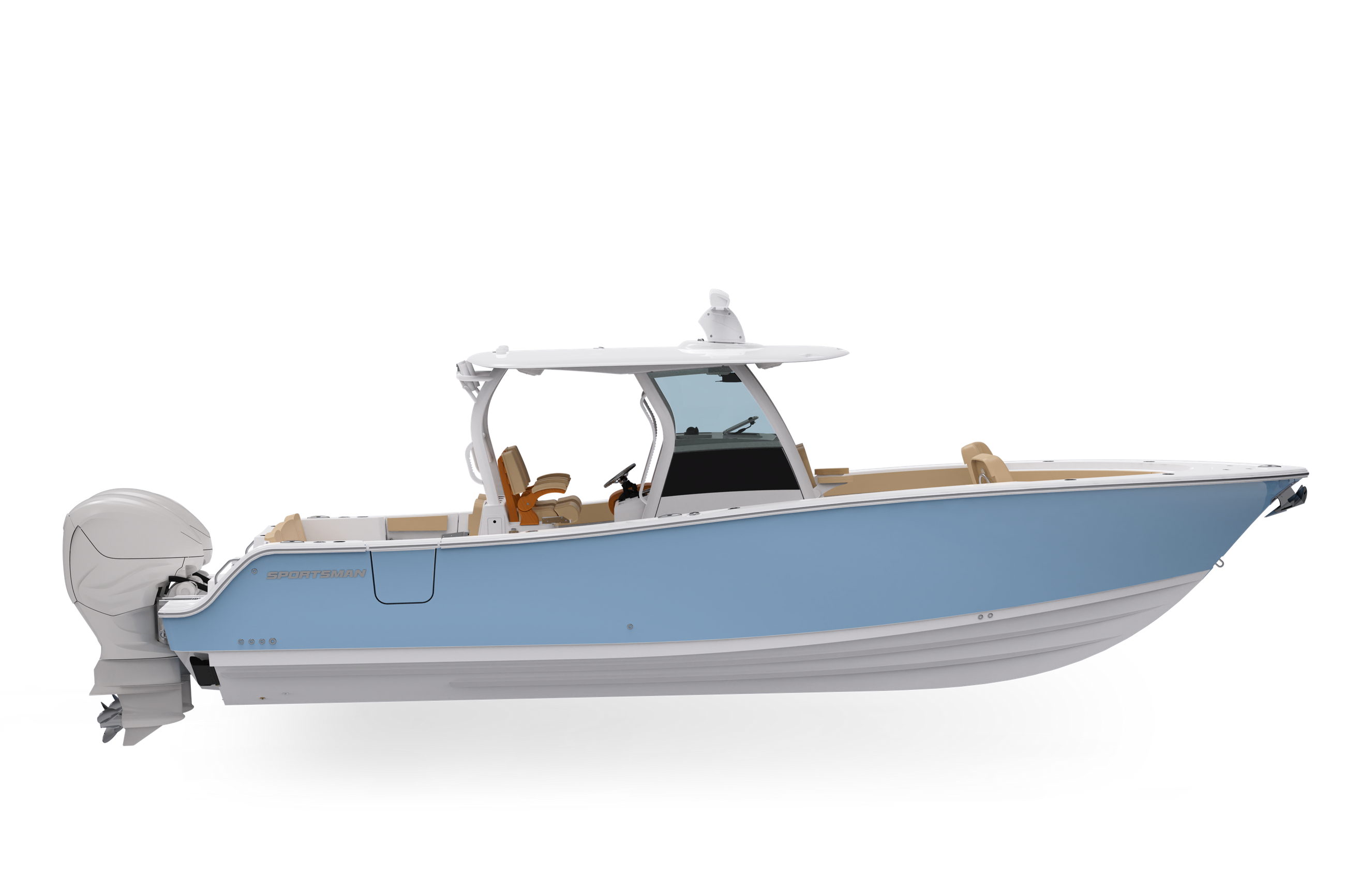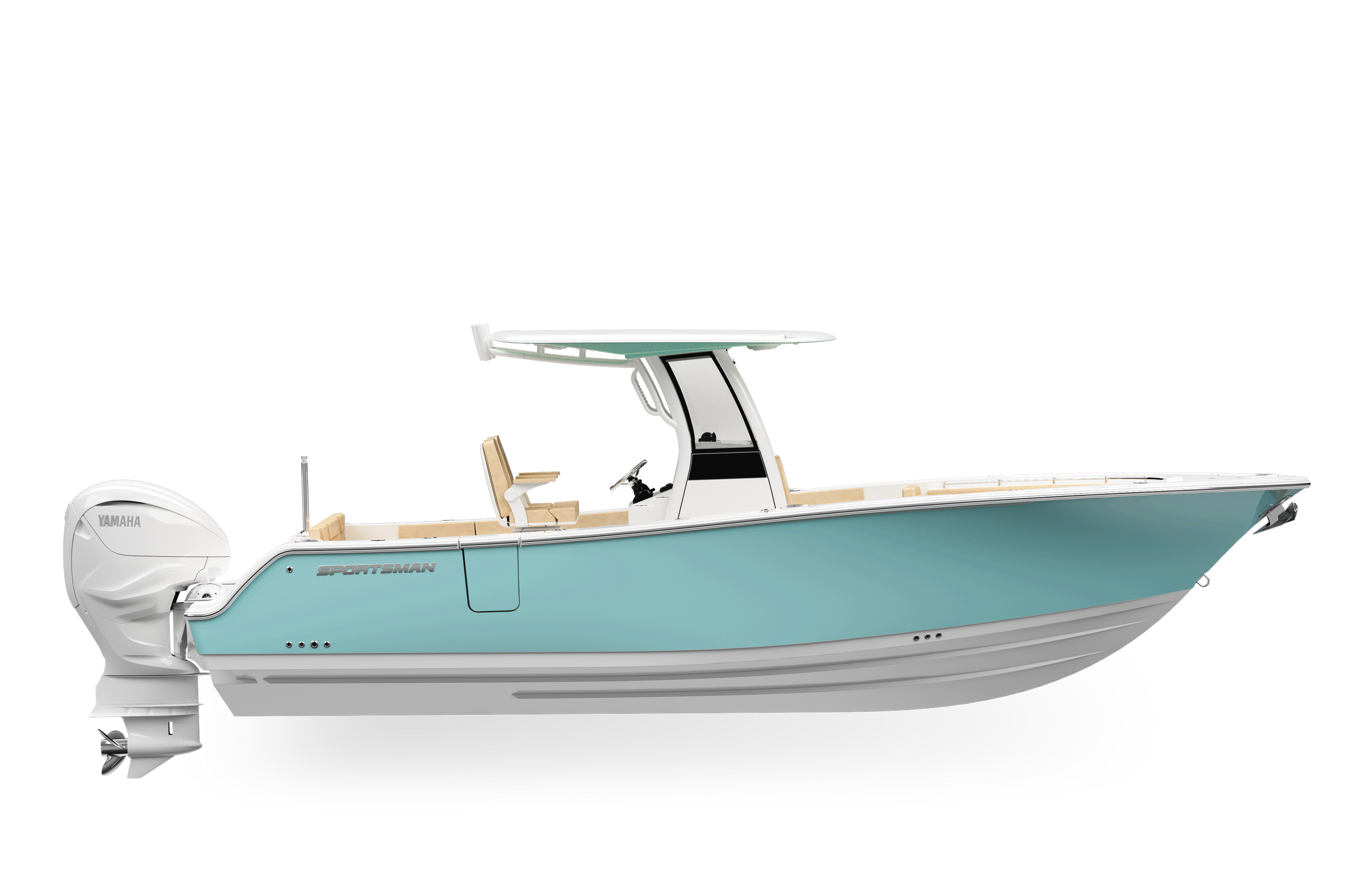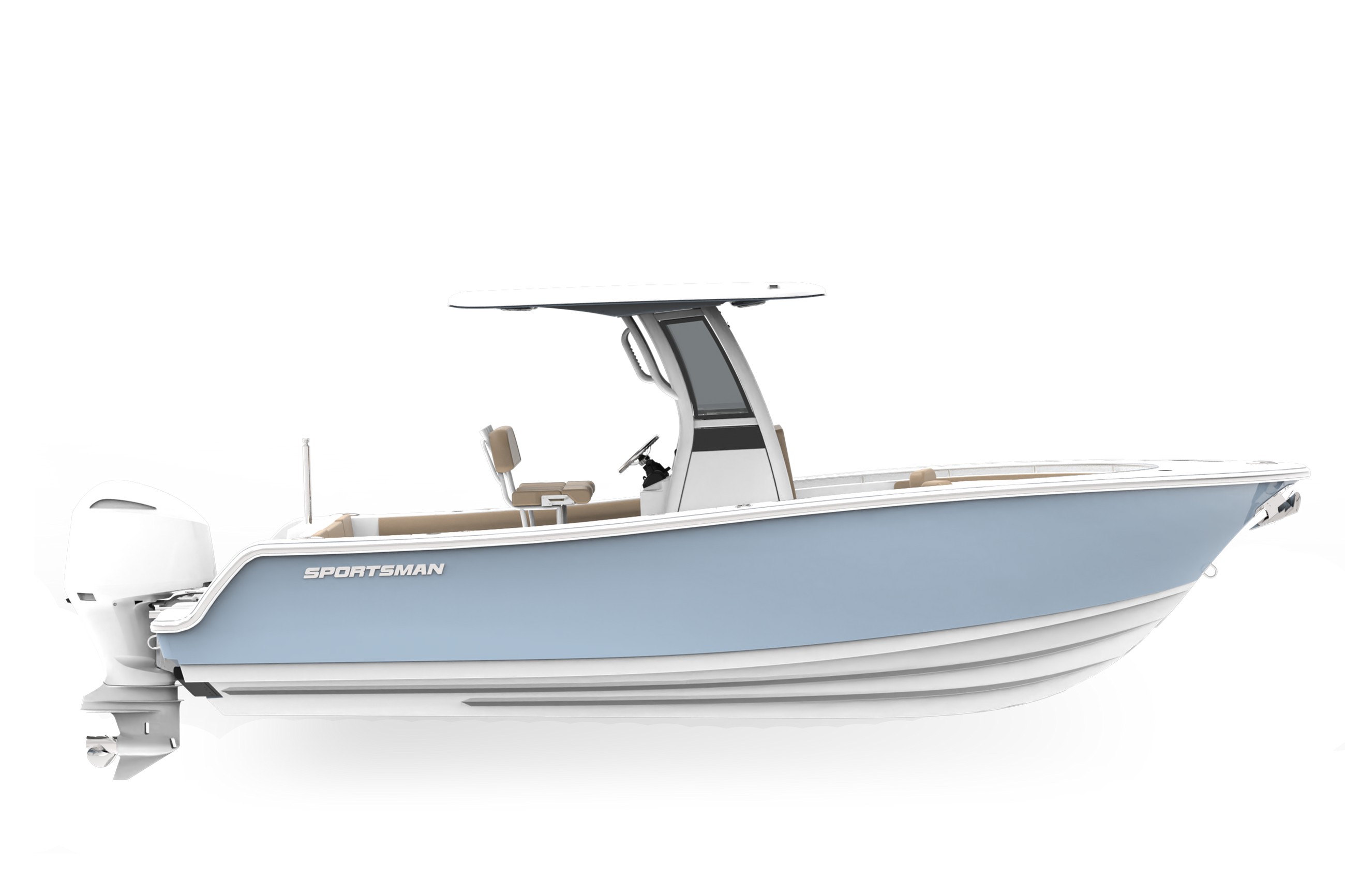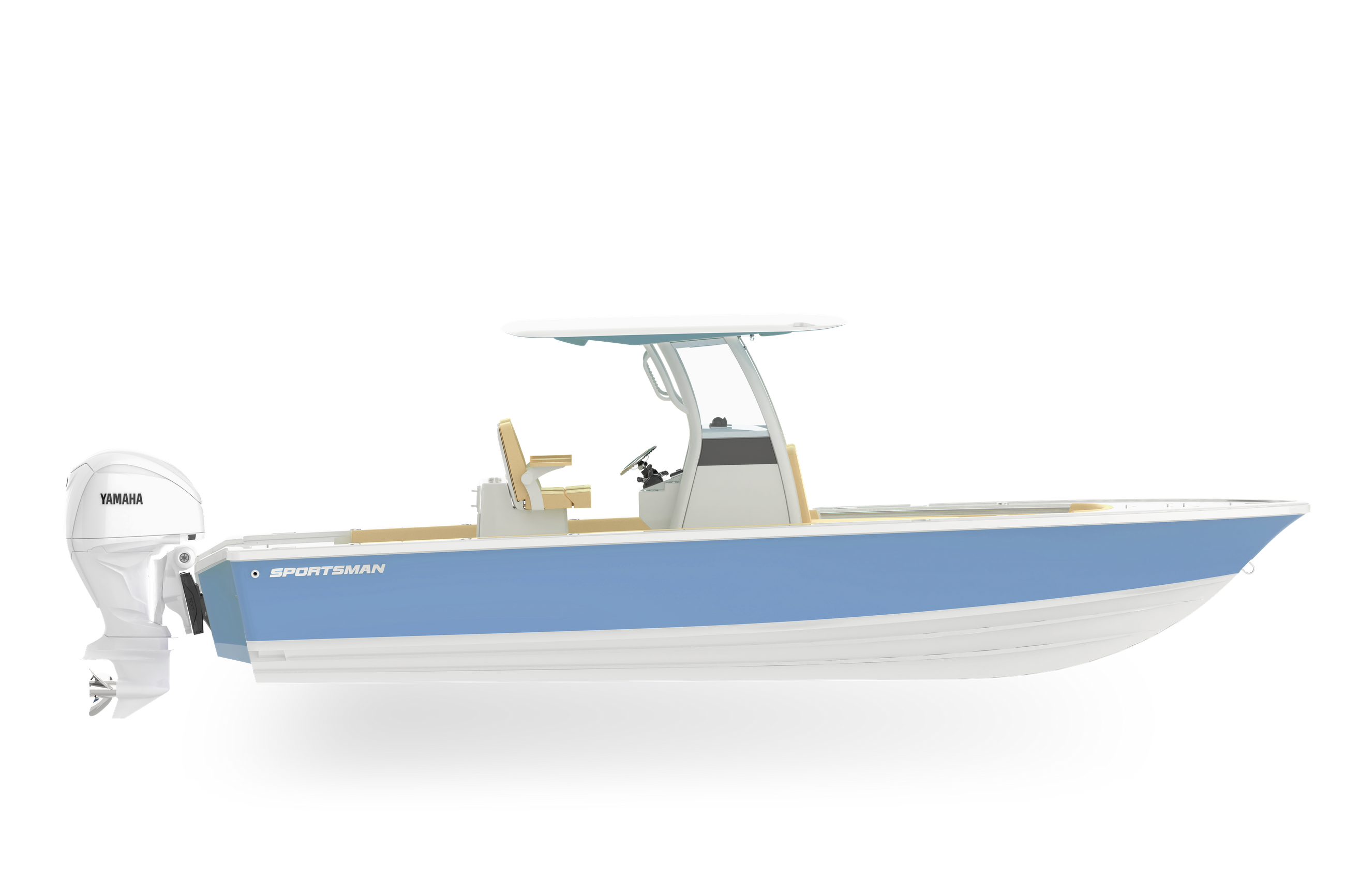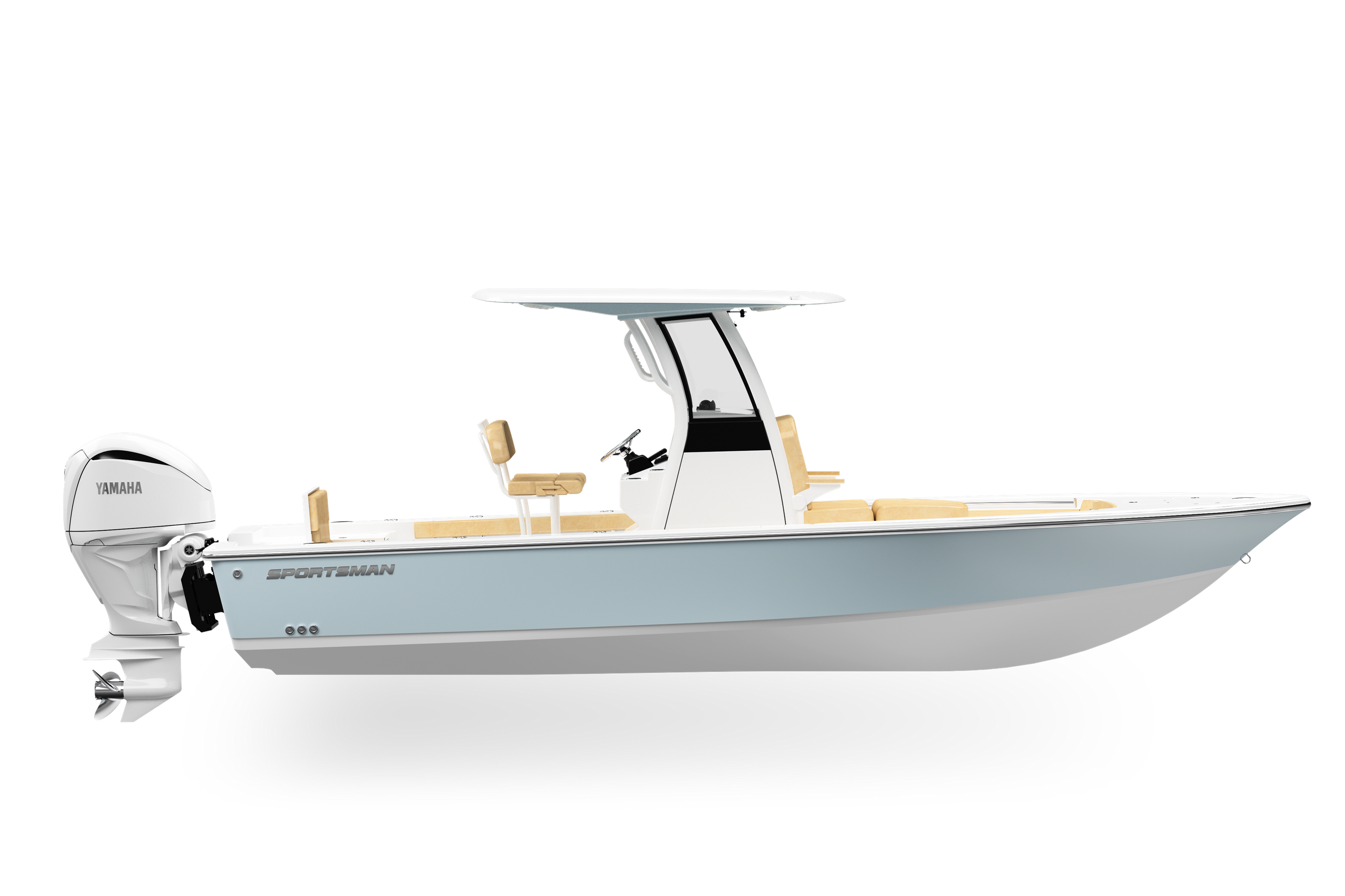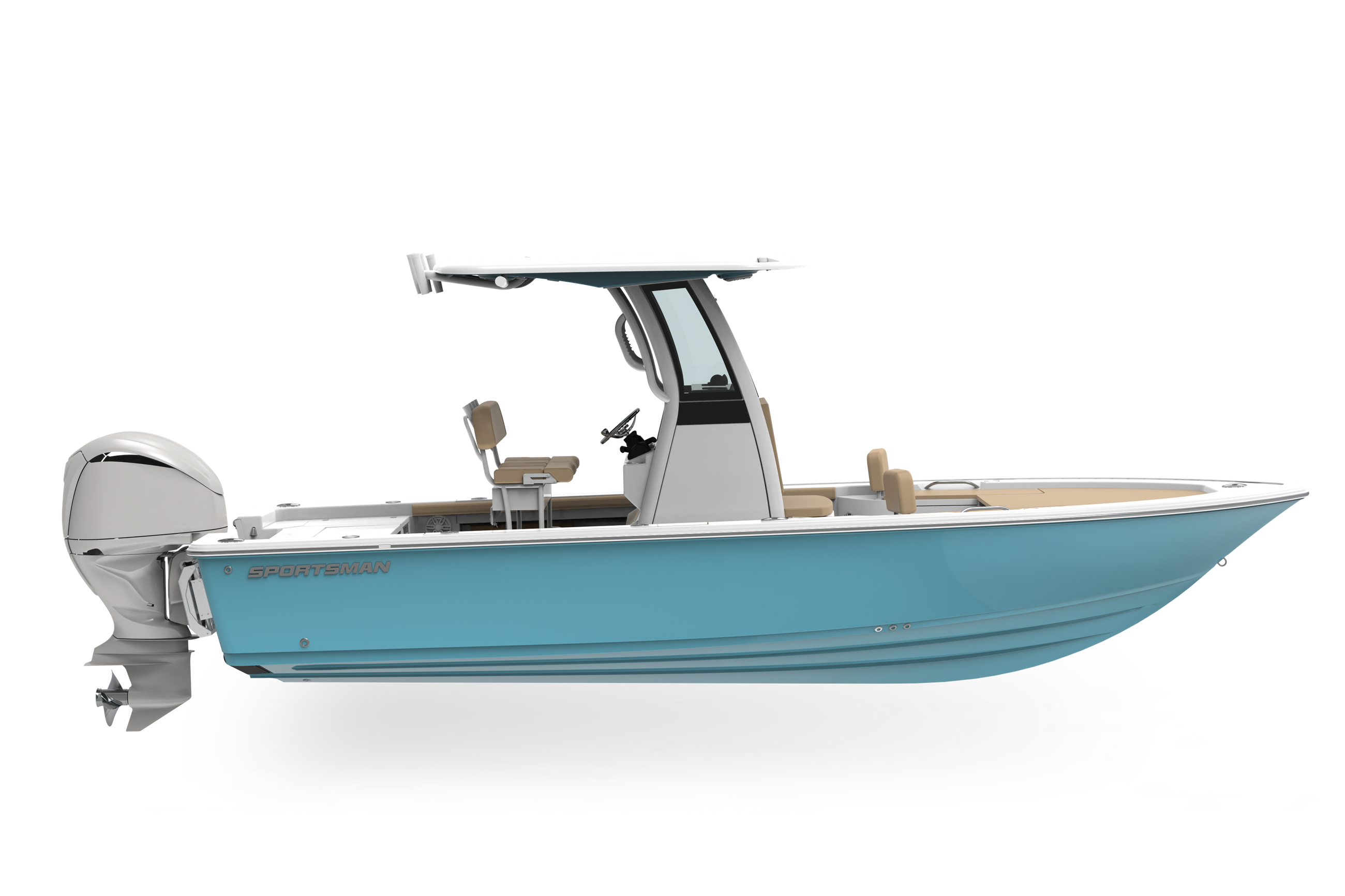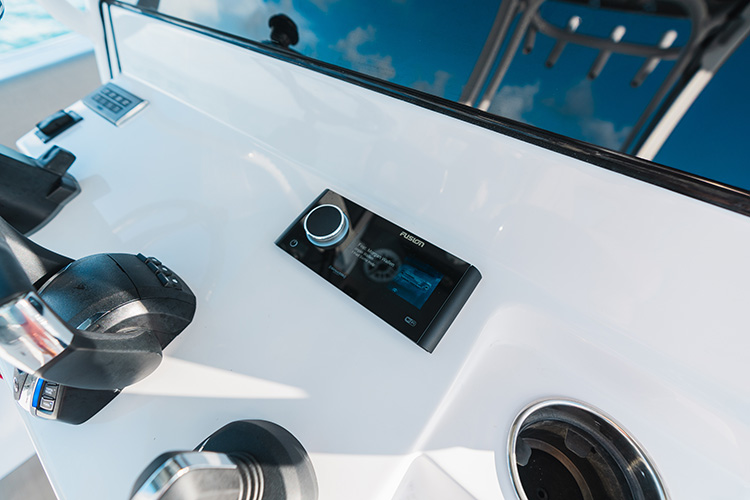In this episode we are looking at a very intricate and commonly overlooked process of boat manufacturing, the LRTM Process. This process creates lids, boxes, and so much more. It leaves the inside of lids smooth and finished adding that extra hint of finish to each of our models. Just another step we take to ensure the highest quality for our customers.
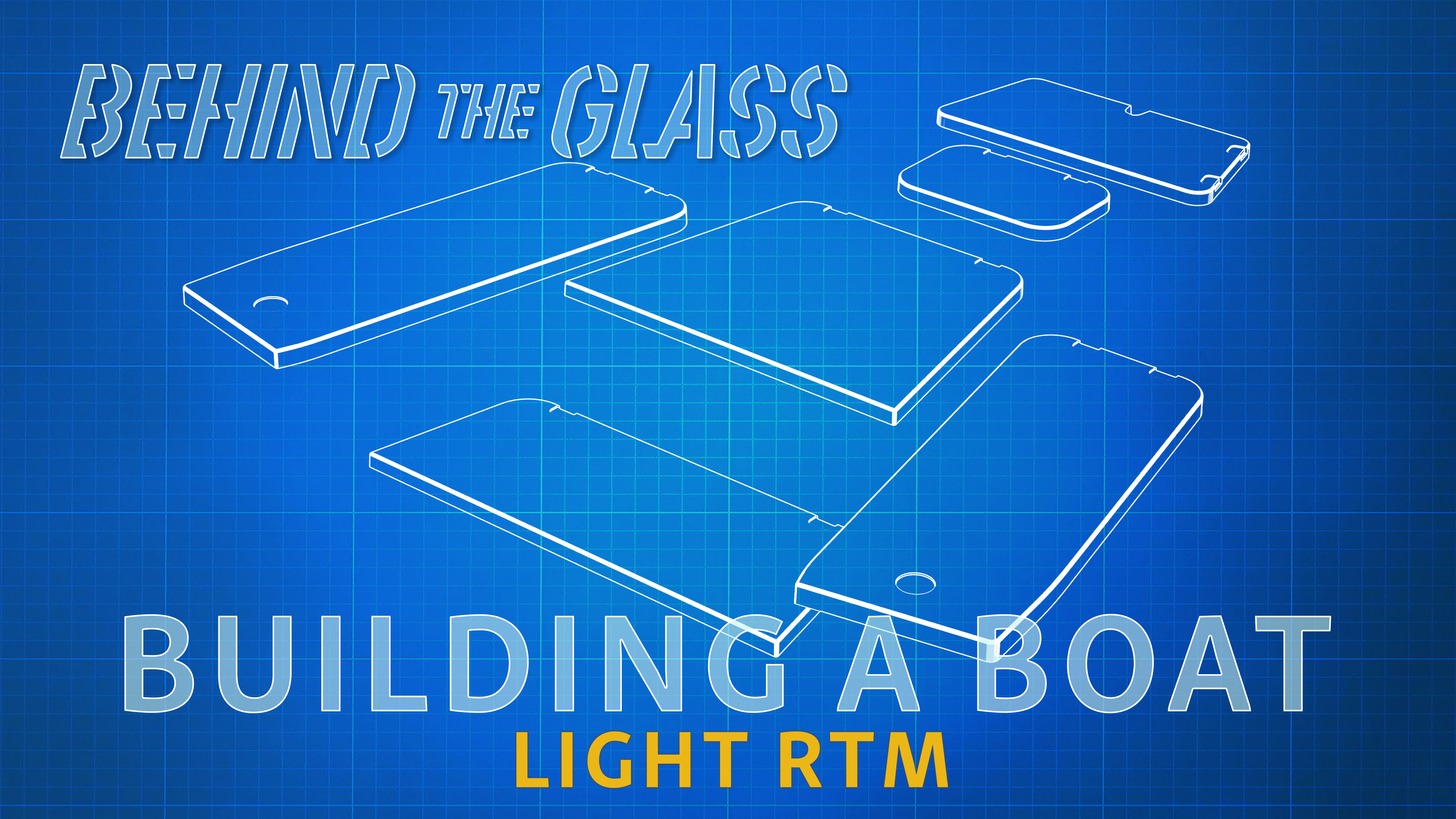

-
•Light RTM yields a finished surface on both sides and tight repeatable thickness control which improves alignment and finish while minimizing waste.
-
•The mold design uses outer and inner gaskets plus vacuum and resin ports to prevent leaks and ensure resin stays in the cavity during the lamination process.
-
•As part of the SportTech Advanced Fabrication Process the parts are 100% composite with zero wood NMMA certified and backed by a 10-year haul limited warranty.
By now, you are getting familiar with our lamination techniques, but one thing we have yet to talk about is our light RTM process, so sit back and let's see what's Behind the Glass.
Light resin transfer molding or light RTM for short is a closed mold technique used to manufacture small to medium-sized parts that have specific requirements the main advantage of a part that is manufactured using a light RTM process is that the completed part has a finished surface on both sides this is ideal for parts like hatches and lids using this technique is how we achieve the finished underside of our lids finished undersides on lids is not only for aesthetics but it also makes cleaning a breeze the second advantage is another extremely important one and it is the thickness control using an a and b mold the cavity between the two molds can be closely controlled to achieve repeatable uniform and predictable thicknesses this is a key to alignment fitment and finish of the parts in the assembly room lastly light RTM has virtually no waste unlike the infusion technique we discussed earlier in the season the molds are reusable and other than the hoses used for resin there are no consumable materials.
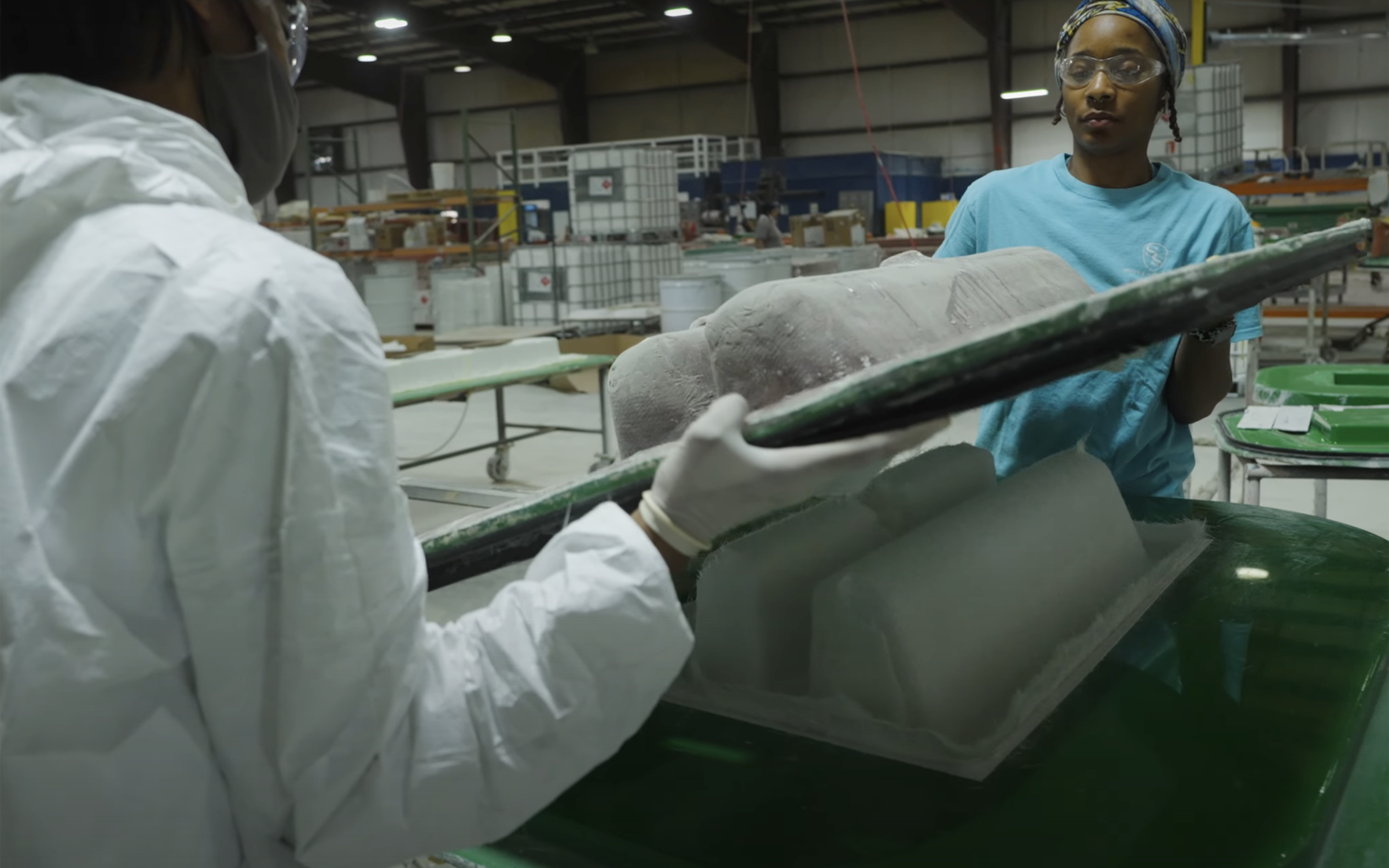
Molds must be specifically designed for this technique as it requires very strict accommodations. Looking at an empty mold, you will notice two sets of gaskets around the perimeter of the part. The outermost is designed to stop any air from coming into the mold when it is placed under a vacuum. Ultimately, this is what clamps the two molds together. There's an inner gasket surrounding the perimeter that stops resin from getting out of the mold. This barrier restricts the resin to the cavity on top of the double gasket design. There are special ports strategically installed that will serve as vacuum and resin ports. The manufacturing process of a light RTM part begins with a quick cleanup followed by getting the molds coated with a gel coat. The molds are first prepped. This includes cleaning to remove any dust as well as a coat of mold release if needed. Some areas will also get masked off.
So next, as previously seen, the mold will be sprayed with gel coat. Additionally, we are now dealing with two molds, so both molds receive a layer of gel coat. These two halves will end up making up the entire part.
Next, work can begin on dry loading the molds. This is the process of laying fiberglass and composite coring materials inside of the mold without any resin. Each light RTM part has a very specific lamination schedule designed to be of an exact thickness. The thickness matches the cavity created by the a and b mold coming together. The specific materials and amount that goes into each part varies from part to part and is determined during the design period.
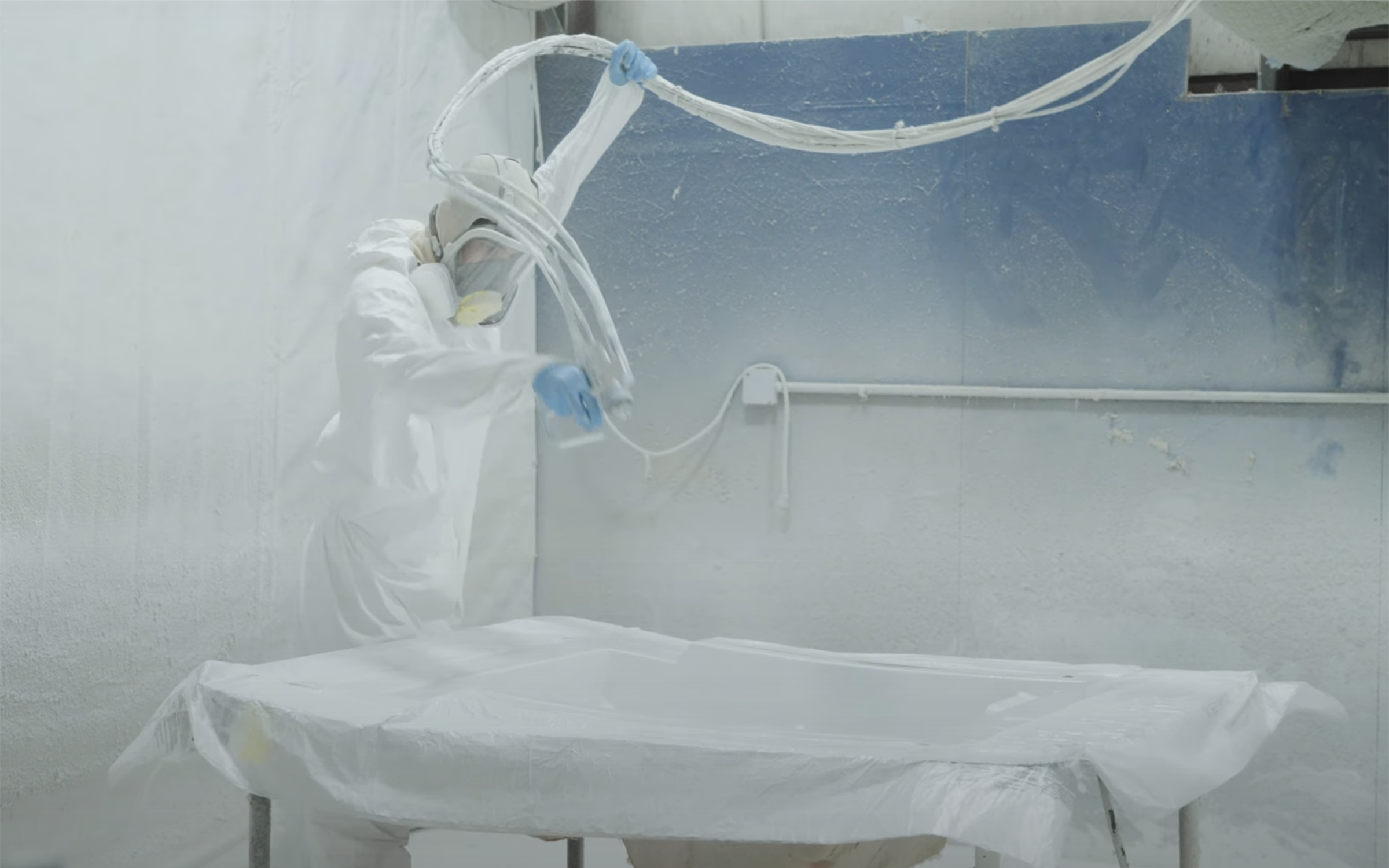
One part that we manufacture using light RTM that you may not realize is our side entry doors. The advantages of light RTM are perfect for manufacturing doors. The one challenge is that doors are very thick, so they do require an inner foam core. The doors also require a layer of gel coat that matches the hall side color instead of just being white all the way around.
The process is very similar to a lid. The difference is just in the much larger inner core that is needed to achieve the proper thickness required for a door. The prep work is now complete, and we can start infusing the part with resin.
Up first, the moles are put under a vacuum. The technician will listen for any leaks before continuing the process
Once satisfied, a light RTM infusion machine is connected to the part this machine is pre-programmed with measurements for each specific part once connected is a simple selection of the part number hit start, and the machine mixes the resonant catalyst and allows it to begin flowing through for a pre-programmed amount of time.
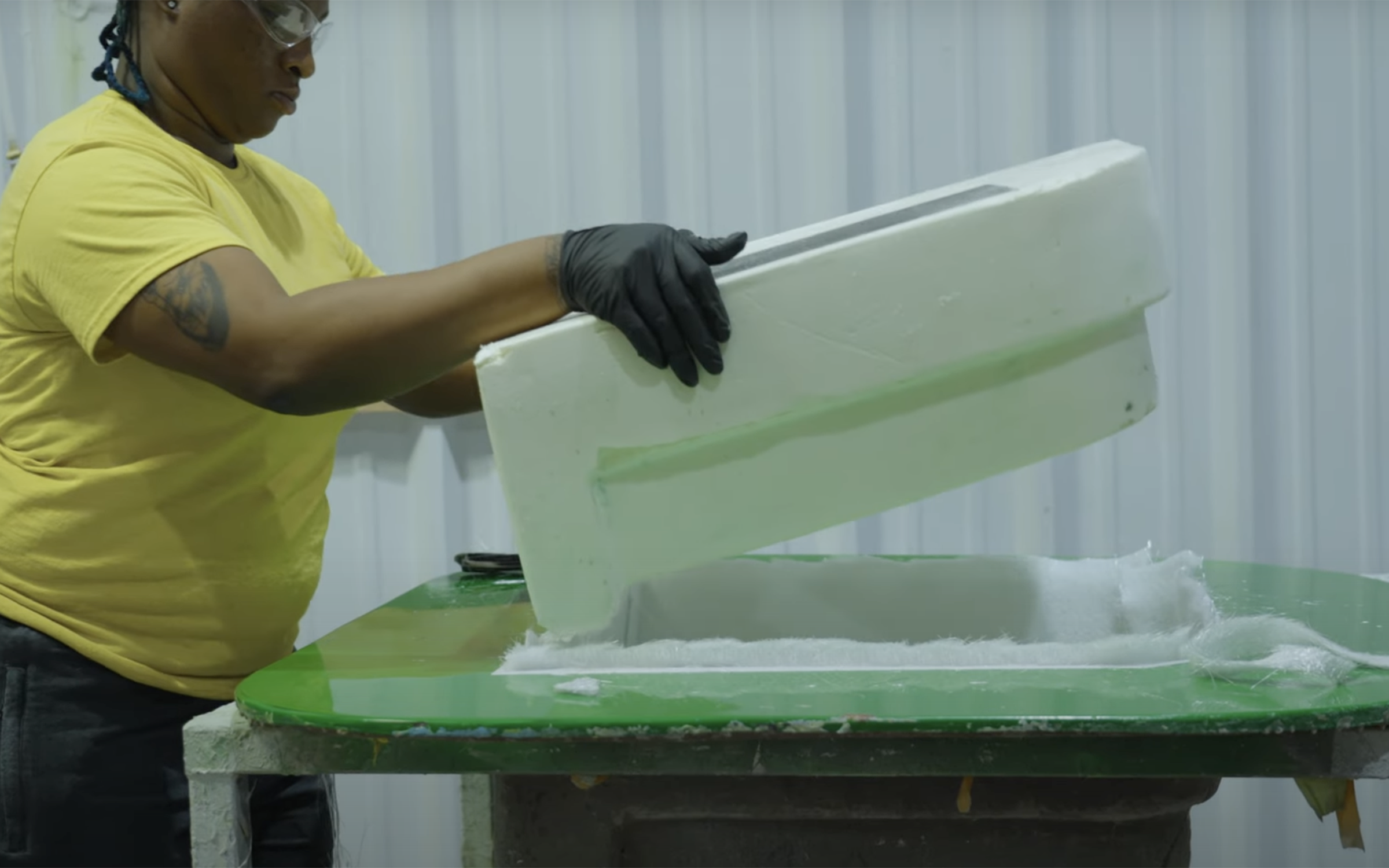
These parts take roughly two to three minutes, and then they are ready to be disconnected from the machine to begin curing. They will remain under vacuum until fully cured.
Once the curing process is complete, it's time to demold the part. The two molds are carefully pulled apart this, reveals of the now completed part inside. The next stop for this part is the cut and grind booth, where using precise cutting fixtures, a team member will perform the final trimming of the edges. At this time, they will also mark and cut any part-specific holes.
The light RTM process yields a high-quality, strong, and durable part with very consistent results. As we've introduced new models into our lineup, we've taken advantage of this technique wherever appropriate. This is part of our SportTech® Advanced Fabrication Process. This process is part of our SportTech® Advanced Fabrication Process. This proprietary combination of processes and materials yields the best result each step of the way and has been thoroughly tested for durability, longevity, and finish. All Sportsman Boats features a 100% composite construction with zero wood, an NMMA certification, and a 10-year haul limited warranty. Join us in our next Behind the Glass for a horsepower field episode as we go behind the scenes with the Yamaha performance team. We'll take a look at what it takes to properly validate the performance test and prop one of our boats.
Related Posts

Choosing the perfect color for your boat isn’t just about style—it’s about function, maintenance, safety, and long-term value. In this pract...
Read More